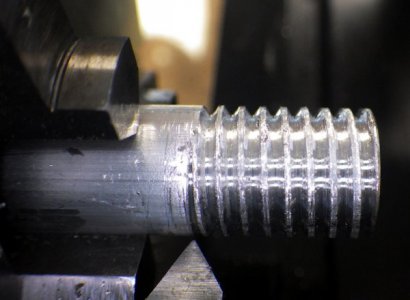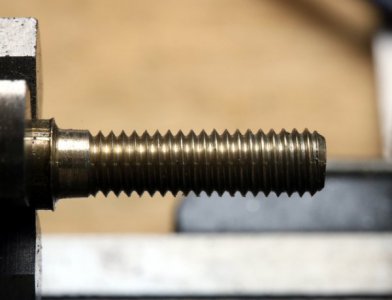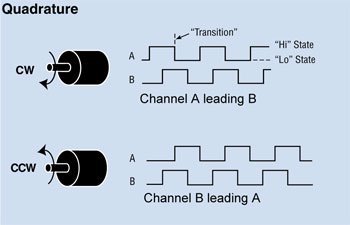If I can ask, then, what puzzles me is that my cuts look worse the closer I get to the chuck. I'm trying to figure out how to fix that.
It's not like they're the wrong pitch, it's like sometimes the cutter ends up in the wrong place. Look at the left end of this picture.
View attachment 283133
(the bad focus will hurt your eyes if you look to the right - sorry)
See how there appears to be two different cuts? There's like a wrong number of peaks and they're shaped wrong. This is about a 3/4" long piece of 10-32 thread. It gets about the first half of the threads right, but the farther it advances to the left, the worse it does. I did this after I fixed the backlash but before I adjusted the G00 rapid moves to go faster
This seems like it could only be that it's calculating really wrong values for Z. I can't see how it could be the index pulse because they don't booger up the threads on the right and if they were wrong by a half or a quarter turn, I'd guess they'd mess up those threads but it would stay the same end to end.
Any ideas of what to look for?



